
Dr. Sarah Wooten is a well-known international influencer in the veterinary and animal healthcare spaces. She has 16 years of experience in private practice and over 10 years of experience in veterinary media work and is a certified veterinary journalist.
A brawny acid that can fight COVID-19 and at the same time is mild enough to use on your dog or cat’s skin to reduce itching due to dog skin allergies? It might sound too good to be true, but it’s reality.
You may have heard of hypochlorous acid (HOCl) because it received a lot of positive press over the past couple of years due to its disinfecting power against COVID-19. You may not know, however, that it also functions as an extremely effective and gentle skincare ingredient in human and pet products.
Itchy skin is a common problem in dogs and cats, so common, in fact, that skin allergies are one of the top ten reasons that pets are seen by a veterinarian. Itchy skin and allergies can make your pet miserable with constant itching, scratching, hair loss, and ear infections. In addition, these conditions are costly to treat and often require multiple rounds of antibiotics and expensive prescription medicine that often have unwanted side effects. Dog skin conditions and cat skin problems are often as frustrating for veterinarians as they are for pet parents. Stabilized, pure hypochlorous acid is an innovative new ingredient that has the potential to revolutionize pet grooming and therapy for itchy pets.
What is Hypochlorous acid?
Hypochlorous acid - HOCl for short - is a naturally occurring weak acid that forms when chlorine is dissolved in water. It is related to chemical compounds that are used in many commercial disinfectants and bleaches, however in contrast to other disinfectants, HOCl is non-toxic and non-flammable.
HOCl was first discovered by a French chemist in 1834. However, despite being relatively easy to manufacture, the ability to create effective HOCl remained elusive because hypochlorous acid solutions were notoriously unstable. If it is unstable, HOCl doesn’t work. In addition, HOCl must have a neutral pH, that is, it must not be too acidic or too basic, otherwise - you guessed it - it doesn’t work. It wasn’t until recent years that scientists figured out a cost effective way to make stable, pure, pH balanced hypochlorous acid that was a game changer on multiple levels.
Another important fact about HOCl is that it is also manufactured by the immune system of mammals - including dogs and cats and humans. Immune cells called neutrophils, monocytes, and macrophages release HOCl as an effective weapon against foreign invaders, including bacteria, viruses, and bacteria. In fact, healthy skin already produces HOCl naturally to annihilate infectious organisms as part of the innate immune system.
HOCl is such an effective disinfectant that it is EPA-registered, but unlike other disinfectants it isn’t harsh on the skin or nose. In fact, HOCl can make skin feel soft and silky. When used correctly, HOCl is tough on damaging microorganisms, but gentle on skin.
How is Hypochlorous Acid Used in Skin Care?
The use of HOCl in treating skin conditions in both humans and pets is supported by a large body of research evidence. The following is only a partial list of benefits of HOCl:
- HOCl has been demonstrated to be effective against human eczema, psoriasis, and acne.
- HOCl is considered as the future gold standard of wound care and scar management in human medicine.
- HOCl kills many types of bacteria, including Staphylococcus and Pseudomonas. Staphylococcus aureas is the most common cause of bacteria skin infections in dogs, and Pseudomonas aeruginosa is a bacteria that can be found in dog ear infections that are resistant to many antibiotics.
- In addition to killing bacteria, HOCl also disrupts bacterial biofilms. Biofilms are slimy coverings that bacteria use to protect themselves.
- HOCl reduces itching in dogs from most causes. (Note - while HOCl may reduce itching in dogs infested with scabies or demodex mites, as of this writing, there are no studies that show that HOCl kills skin mites in dogs. However, there is one study noted in the references that shows HOCl does have efficacy in reducing skin mite issues in humans).
- HOCl is also effective in killing Malassezia pachydermatis, the microorganism that is the most common culprit of dog external ear infections.
- HOCl has anti-inflammatory properties and may help dogs with auto-immune skin disorders, like seborrhea.
Hypochlorous Acid in HICC PET™ Products
In skin care, HOCl is typically used in liquid form, liquid sprays, and wet wipes. HICC PET™ products are unique in that they are 100% natural, containing only pure, stabilized HOCl and deionized water.
In addition, HICC PET™ developed an innovative pet glove wipe that is infused with HOCl.
HICC PET™ glove wipes utilize a patented design that separates HOCl in its own storage compartment to keep it fresh and active. This preserves HICC PET™ glove products for 18 months. Personally, I love these wipes because they not only benefit your pet, but your hands also feel wonderfully soft and silky after using them.
HICC PET™ products can be used for regular grooming to keep your pet clean and smelling fresh. They are also excellent for paws and claws grooming after your pet is outside in snow and ice, or if your pet has muddy paws.
As an adjunct therapy for itch relief in dogs and cats and other dermatological problems, including skin allergies, ear infections, excessive licking and chewing, dandruff, skin odors, dog dry skin, wound care, and skin infections, innovative products containing stabilized hypochlorous acid, especially HICC PET™ products, are inexpensive, simple, effective, and safe. I predict these products are likely to become mainstays in the savvy pet parent toolbox of dog grooming supplies.
References:
2019 Cost of Pet Health Care, prepared by Healthy PawsTM Pet Insurance
Evaluation of hypochlorous acid as an ear flush in dogs with chronic otitis externa. Ralf S. Mueller, Katja N. Baumann, Teresa Boehm, Stefanie Dörfelt, Bettina Kasper, Laura Udraite-Vovk. Veterinary Dermatology. 14 December 2022. https://doi.org/10.1111/vde.13142
Status Report on Topical Hypochlorous Acid: Clinical Relevance of Specific Formulations, Potential Modes of Action, and Study Outcomes. James Q. Del Rosso, DO and Neal Bhatia, MD. J Clin Aesthet Dermatol. 2018 Nov; 11(11): 36–39. Published online 2018 Nov 1.
Topical stabilized hypochlorous acid: The future gold standard for wound care and scar management in dermatologic and plastic surgery procedures. Michael H Gold, Anneke Andriessen, Ashish C Bhatia, Patrick Bitter Jr, Suneel Chilukuri, Joel L Cohen, Chris W Robb. Journal of Cosmetic Dermatology. 2020 Feb;19(2):270-277. doi: 10.1111/jocd.13280. Epub 2020 Jan 6.
Diluted sodium hypochlorite in dogs: antiseptic efficacy, local tolerability and in vitro effect on skin barrier function and inflammation Frane Banovic, Thierry Olivry, Wolfgang Bäumer, Judy Paps, Jessica Stahl, Ana Rogers, Megan Jacob. Veterinary Dermatology. Presented at the North American Veterinary Dermatology Forum, 2017, Orlando, FL. Vet Dermatol 2017. First published: 14 September 2017 https://doi.org/10.1111/vde.12487.
Status Report on Topical Hypochlorous Acid: Clinical Relevance of Specific Formulations, Potential Modes of Action, and Study Outcomes. James Q. Del Rosso, DO and Neal Bhatia, MD. J Clin Aesthet Dermatol. 2018;11(11):36–39.
Fromstein SR, Harthan JS, Patel J, Opitz DL. Demodex blepharitis: clinical perspectives. Clinical Optometry. 2018;10:57–63.
Please note that the information provided in this article is for educational and informational purposes only. We are not veterinarians, and the content shared here should not be considered professional veterinary advice.
If you have any questions regarding copyrights or the use of materials in this article, please contact us for clarification.

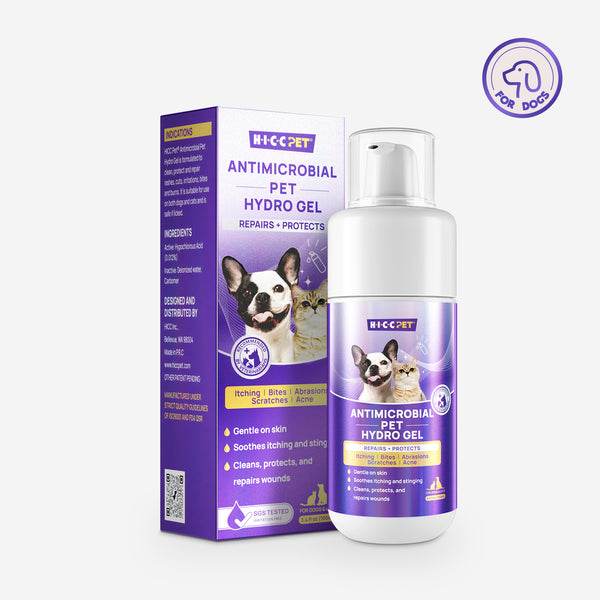

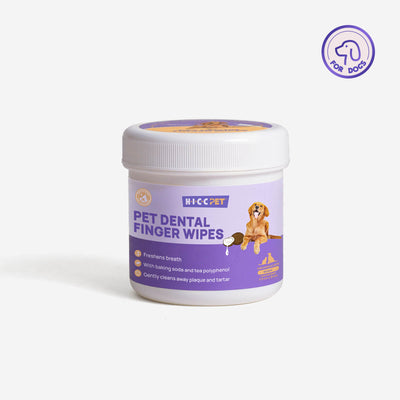
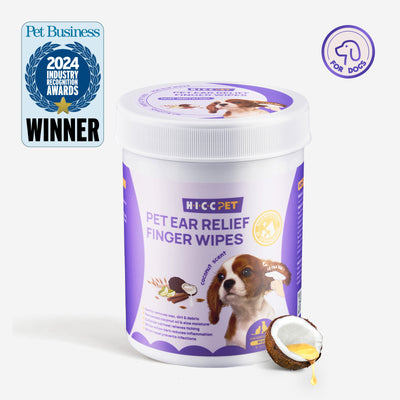
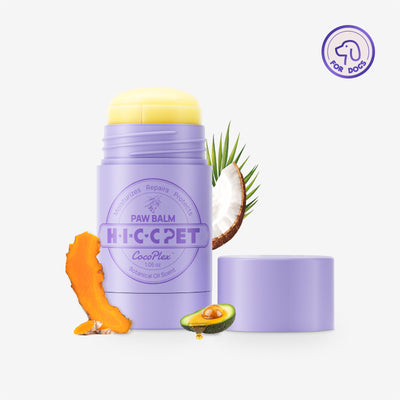
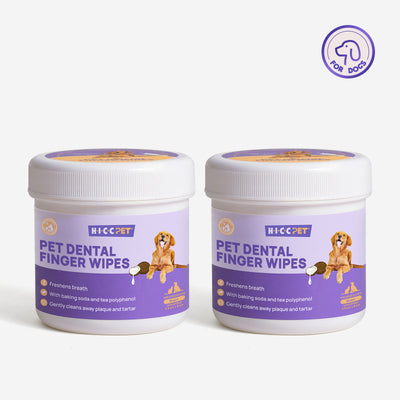
Thanks for your interaction and support.